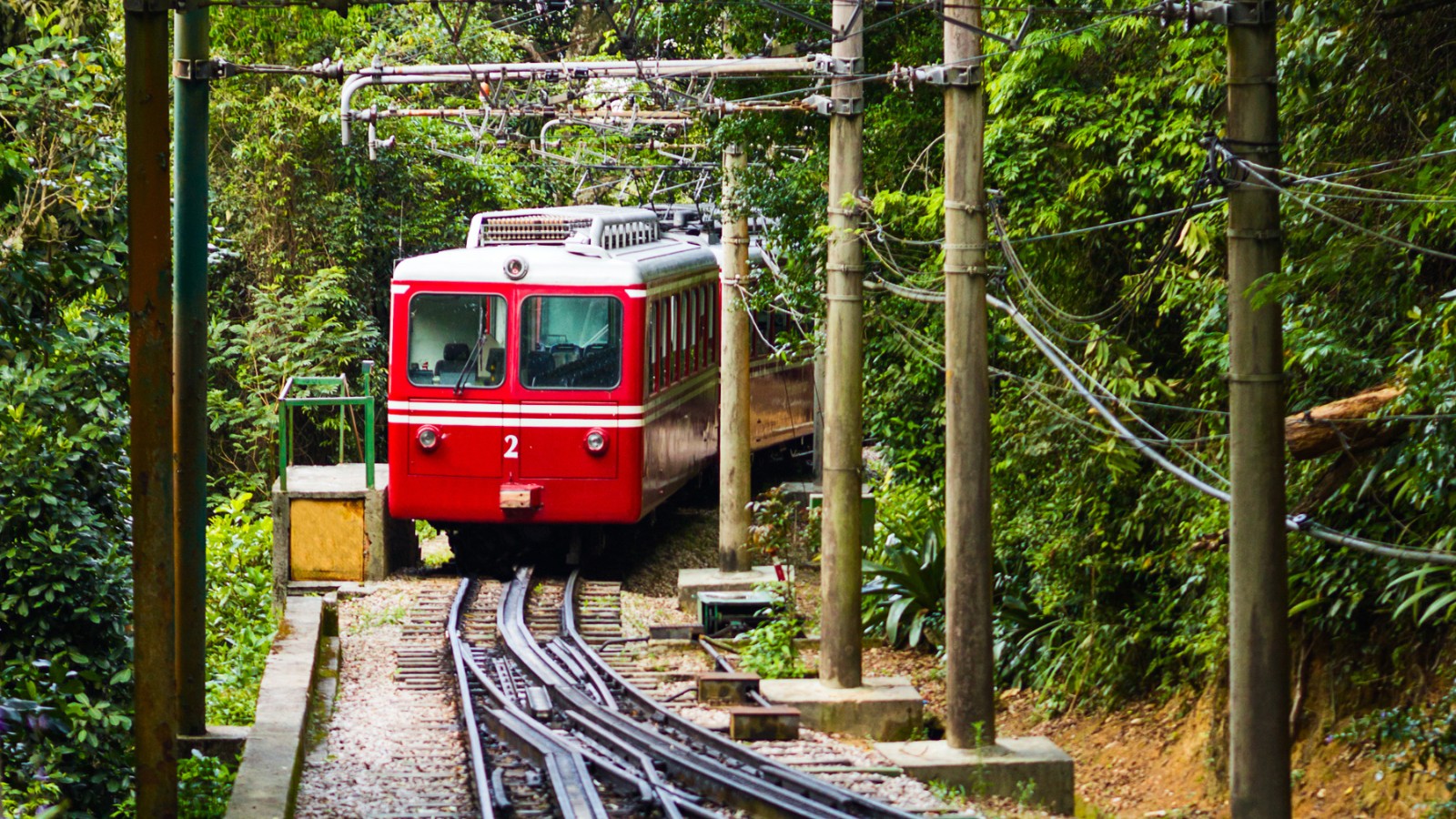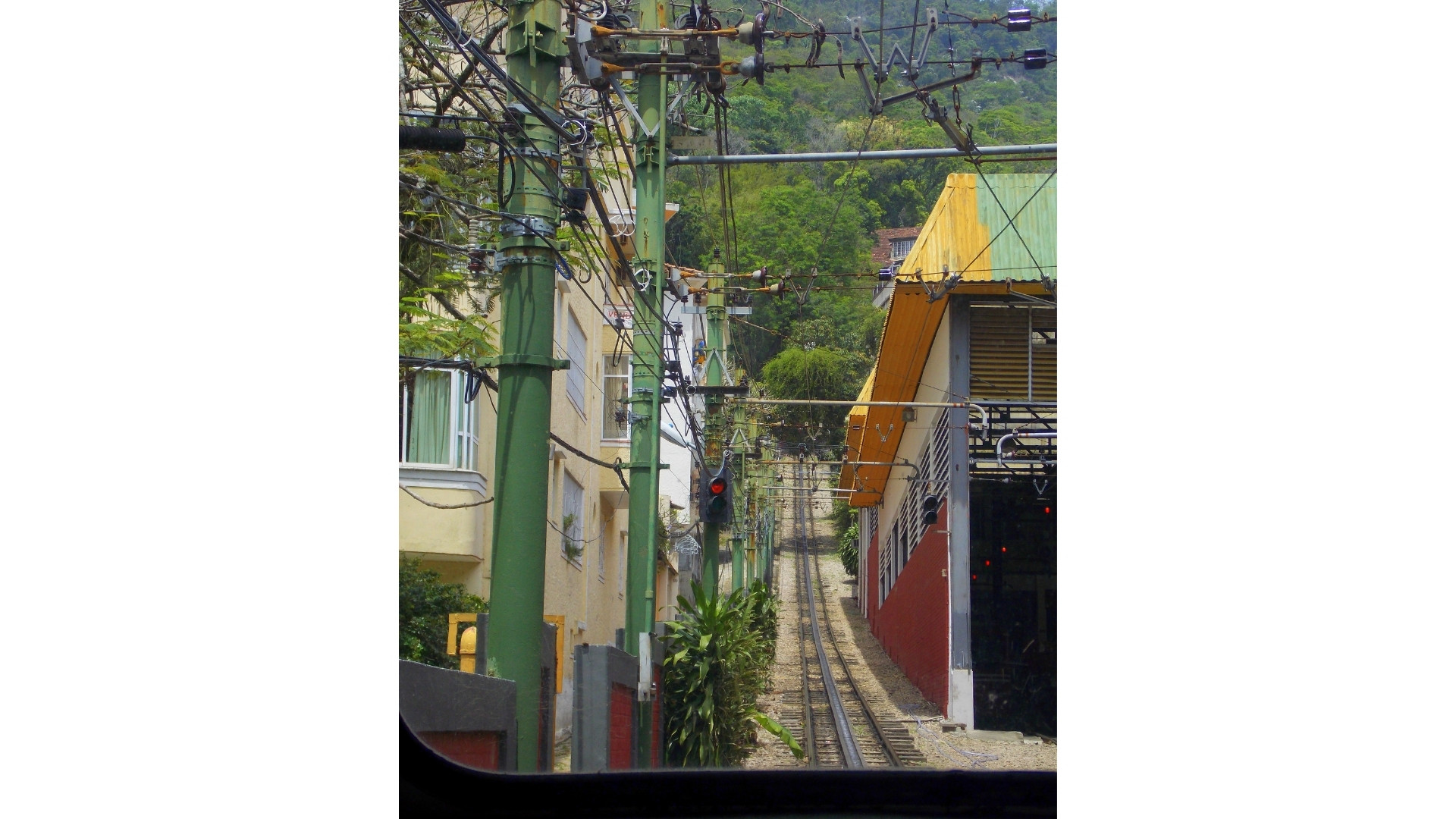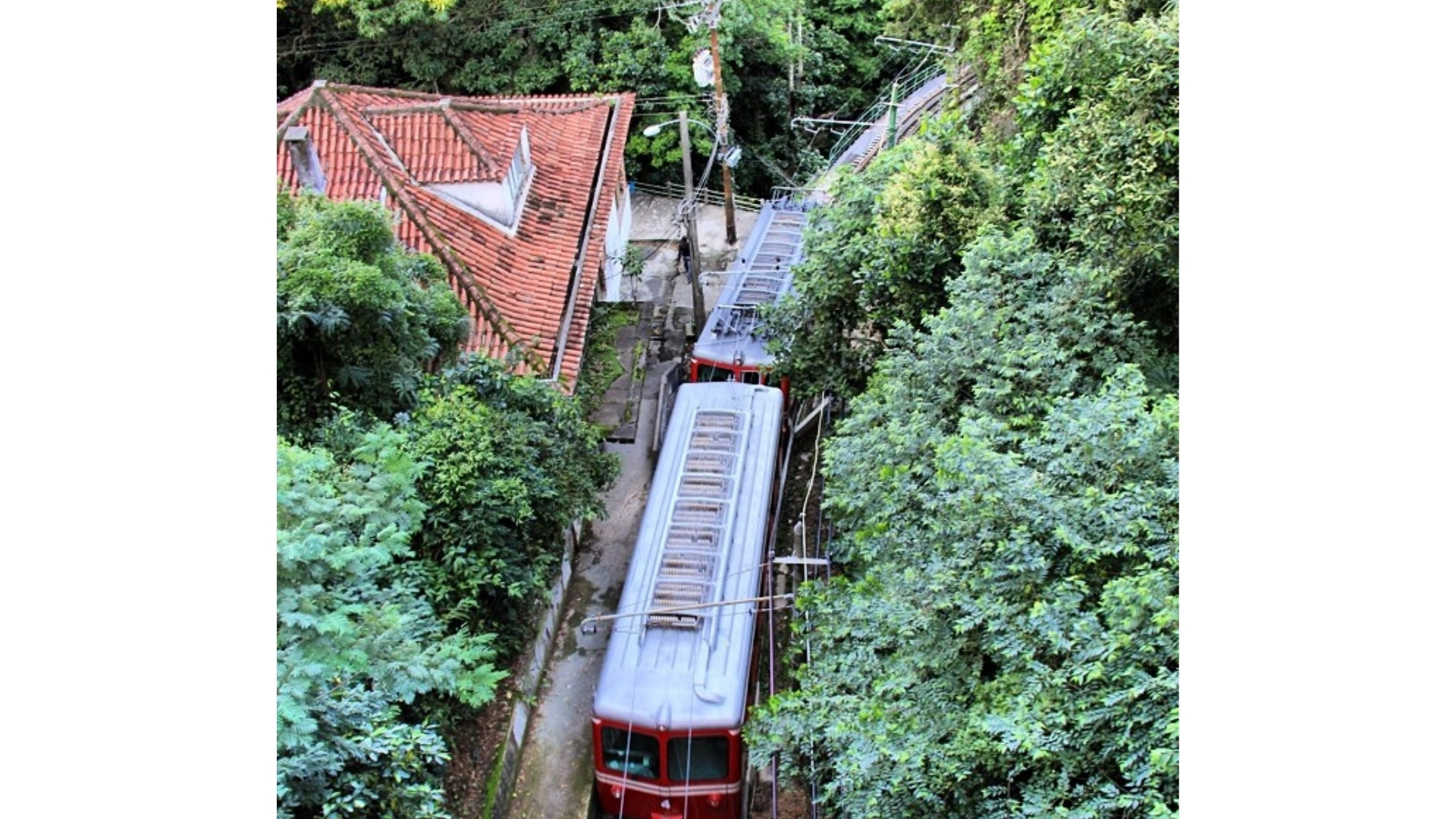The Corcovado Train represents the classic way to reach Christ the Redeemer. Operating since 1884, this cogwheel railway climbs through Tijuca Forest for 20 minutes, combining nostalgia with spectacular rainforest views. For many visitors, the train journey feels as important as the destination itself.
Christ the Redeemer Tickets
Rio tickets sell out quickly. We recommend booking your tickets online as early as possible. Here’s a brief overview of the different ticket options:
Entry Ticket by Corcovado Train (bestseller): Experience a scenic train journey through Tijuca Forest to Brazil’s most iconic landmark. Marvel at panoramic views of Rio from the base of this Modern World Wonder.
6-Stop Highlights Tour with Lunch (#1 rated day trip): The complete Rio experience with visits to all major attractions including Maracanã Stadium and Sambadrome. Includes a delicious Brazilian buffet lunch and expert multilingual guides.
Christ the Redeemer, Selarón Steps & Sugarloaf Sunset: Enjoy the magical sunset from Sugarloaf Mountain after visiting Christ the Redeemer and the colorful Selarón Steps. This 6-hour tour includes hotel transportation and a professional guide.
(All tickets include access to Christ the Redeemer)
We recommend booking through GetYourGuide or Tiqets to increase your chances of finding a ticket for your preferred dates.
How It Works

The train departs exclusively from Cosme Velho Station at Rua Cosme Velho, 513. You can’t board anywhere else. The 3.8-kilometer route climbs Corcovado Mountain through dense Atlantic forest, arriving at a station just below the monument.
Trains run daily from 8 AM with the last ascent around 5 PM. Departures happen every 20-30 minutes, more frequently during busy periods. The ride takes 20 minutes each way, winding through tunnels and canopy with occasional glimpses of Rio’s skyline, Guanabara Bay, and surrounding mountains.
Tickets
Every train ticket includes both the round-trip ride and monument entrance. You cannot buy train-only tickets or separate monument admission. The bundled system keeps things simple but means you’re paying for transport whether you want it or not.
Book online here.
Walk-up tickets exist at Cosme Velho station but sell out quickly, especially on weekends, holidays, and during good weather. Securing your spot weeks in advance makes sense during peak season (December-March).
Tickets come with time slots. Arrive at least 30 minutes before your scheduled departure for check-in and boarding. You’ll need photo ID for verification.
The Journey

Modern trains feature air conditioning, comfortable seating, and large windows for viewing. Audio commentary in Portuguese and English explains the forest and monument history, though this depends on the specific train and time.
Sit on the right side heading up for better city views (when trees allow). Both sides offer lush rainforest scenery. Wildlife sightings happen regularly.
Marmosets swing through branches near the tracks, toucans flash between trees, and exotic birds call from the canopy.
The train uses cog railway technology to handle steep inclines safely. You’ll feel the steady climb as the forest gets denser and the air cooler. Occasional breaks in the vegetation reveal Rio spreading below, building anticipation for the summit panorama.
What to Expect

At Cosme Velho Station: Modern facilities include ticket counters, restrooms, snack bars, and a waiting area. Limited parking exists but most people arrive by taxi, Uber, or bus. Station construction (ongoing as of 2025) can add noise and congestion during busy periods.
Boarding Process: Lines form early, especially for popular morning departures. Staff check tickets and ID before allowing platform access. On busy days, trains fill completely with some passengers standing. This isn’t comfortable but the short ride makes it manageable.
At the Summit: The train stops at a dedicated station. Elevators, escalators, and ramps lead to the monument platforms. You can return on any train after your visit regardless of your original time slot, giving flexibility for how long you spend at the top.
Crowds and Timing
Early morning trains (8-9 AM) offer the best experience. Fewer people, cooler temperatures, better light for photos, and you’ll reach the summit before major crowds arrive. The first train at 8 AM is ideal if you can manage the early start.
Midday (10 AM-2 PM) sees peak crowds at both the station and summit. Lines lengthen, trains pack tighter, and finding photo opportunities without people becomes challenging.
Late afternoon (3-5 PM) crowds thin slightly but weather can deteriorate. Morning clarity often gives way to afternoon clouds or haze.
Weekdays generally beat weekends. Brazilian holidays and school vacation periods bring domestic tourists in large numbers.
Train vs Van Decision
The train or van transportation delivers a different experience.
Choose the train if:
- You want the historic, scenic route
- The journey matters as much as the destination
- You’re visiting Rio for the first time
- You don’t mind the trip to Cosme Velho
- You appreciate vintage transport and forest immersion
Choose vans if:
- You prioritize efficiency over experience
- You’re staying in Copacabana (van pickups more convenient)
- Train tickets sold out
- Multiple Rio attractions fill your day
Getting to Cosme Velho Station
The station sits in a residential neighborhood about 30-60 minutes from most Rio hotels depending on traffic and location.
By Taxi/Uber: Most convenient option. Direct routing from anywhere in Rio. Costs vary by distance but expect higher fares from beach neighborhoods.
By Bus: Several routes serve Cosme Velho including Circular 1 from Copacabana, Ipanema, and Botafogo. Cheap but slow, taking 1.5-2 hours from beach areas.
By Metro: Largo do Machado is the closest station, but you’ll need a 40-minute uphill walk or short taxi ride from there. Most people skip this option.
Practical Tips
- Book your ticket the moment you know your Rio dates, especially for weekends
- Check weather forecasts before committing to a specific day (clouds and fog ruin views)
- Bring water and snacks (station offerings are limited and overpriced)
- Wear layers (mountain top runs cooler than Rio at sea level)
- Charge your phone fully (you’ll take many photos)
- Skip large bags (limited storage space on trains and at summit)
- Consider walking down with a guide if you’re fit and want a quieter forest experience
What People Get Wrong
Visitors often underestimate total time commitment. Factor in:
- Travel to Cosme Velho: 30-60 minutes
- Arrival buffer: 30 minutes
- Train journey: 20 minutes up
- Summit time: 1-3 hours
- Train journey: 20 minutes down
- Return travel: 30-60 minutes
A “quick” Christ the Redeemer visit via train easily consumes 4-6 hours. Plan accordingly.
Some visitors expect air-conditioned comfort throughout. While trains have AC, crowded conditions during peak times mean standing room and less-than-ideal temperatures despite the cooling system.
The return flexibility surprises people. You’re not locked to your original departure time for coming down. This gives freedom to spend as much or as little time at the summit as you want.
Accessibility
Wheelchairs and strollers work fine on this route. Both Cosme Velho station and the summit station feature ramps and elevators. Staff assist with boarding and navigation. The train ride itself accommodates mobility devices without issue.
Notify staff when booking if you need specific assistance. They’ll ensure smooth boarding and provide any necessary support.
When It’s Worth It
The train delivers something vans can’t: a journey through urban rainforest on vintage railway infrastructure with history stretching back 140 years. You’re riding the same route that transported construction materials for the statue before opening to tourists.
For photography enthusiasts, nature lovers, railway fans, and first-time Rio visitors, the extra cost and logistics pay off. The experience integrates you into Rio’s landscape rather than just transporting you across it.
For those focused purely on seeing the statue efficiently or combining multiple attractions in one day, vans make more practical sense.
FAQ
Can I take the train up and van down?
Yes. But your train ticket includes the return journey. You’d waste money buying a separate van ticket down. Some people hike down after taking the train up, which works fine.
Do I need to book a specific return time?
No. Your ticket covers any return train after your visit. This flexibility lets you spend as much time at the summit as you want.
What if I miss my scheduled departure?
Contact station staff immediately. They may rebook you to a later slot if space exists, but policies vary. Missing your time without notice typically means losing your ticket.
Can I bring food and drinks on the train?
Yes. No restrictions on bringing your own refreshments for the journey or summit.
Is the train safe?
Completely. The cog railway system handles steep grades safely and has operated for over a century without major incidents. Modern trains undergo regular maintenance and safety checks.
What happens in bad weather?
Trains operate in rain unless conditions become dangerous. Fog and clouds don’t stop service but will ruin your views. Check forecasts and consider rescheduling if weather looks poor.
Can I change my ticket date?
Policies vary. Check the official website for current exchange rules. Generally, changes must be requested well in advance and depend on availability.
How early should I arrive at Cosme Velho?
At least 30 minutes before your departure time. Earlier during peak season or if you want to explore the station area.